Along with London’s West End theatres, Broadway theatres are widely considered to represent the highest level of commercial theatre in the English-speaking world.
New York did not have a significant theatre presence until about 1750, when actor-managers Walter Murray and Thomas Kean established a resident theatre company at the Theatre on Nassau Street, which held about 280 people. They presented Shakespeare plays and ballad operas such as The Beggar’s Opera.In 1752, William Hallam sent a company of twelve actors from Britain to the colonies with his brother Lewisas their manager. They established a theatre in Williamsburg, Virginia and opened with The Merchant of Venice and The Anatomist. The company moved to New York in the summer of 1753, performing ballad operas and ballad-farces like Damon and Phillida. The Revolutionary War suspended theatre in New York, but thereafter theatre resumed in 1798, the year the 2,000-seat Park Theatre was built on Chatham Street (now called Park Row). The Bowery Theatre opened in 1826, followed by others. Blackface minstrel shows, a distinctly American form of entertainment, became popular in the 1830s, and especially so with the arrival of the Virginia Minstrels in the 1840s.
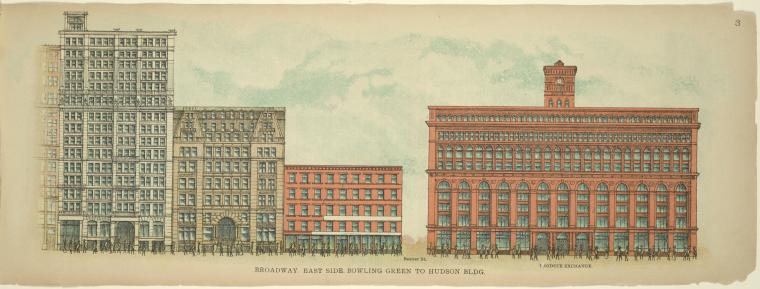
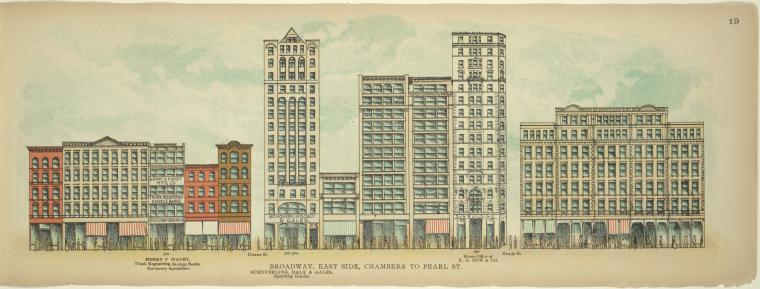
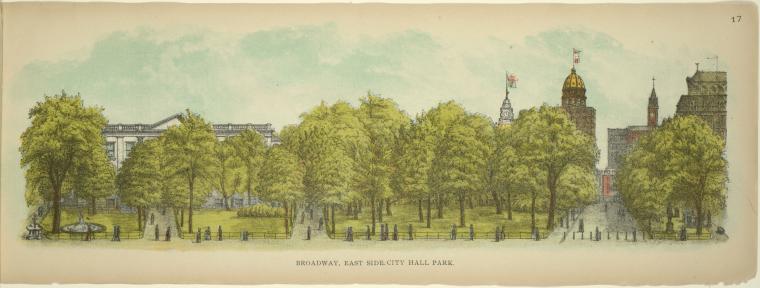
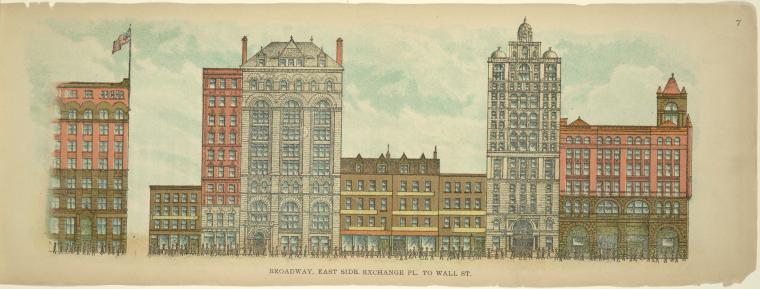
By the 1840s, P.T. Barnum was operating an entertainment complex in lower Manhattan. In 1829, at Broadway and Prince Street, Niblo’s Garden opened and soon became one of New York’s premiere nightspots. The 3,000-seat theatre presented all sorts of musical and non-musical entertainments. In 1844, Palmo’s Opera House opened and presented opera for only four seasons before bankruptcy led to its rebranding as a venue for plays under the name Burton’s Theatre. The Astor Opera House opened in 1847. A riot broke out in 1849 when the lower-class patrons of the Bowery objected to what they perceived as snobbery by the upper class audiences at Astor Place: “After the Astor Place Riot of 1849, entertainment in New York City was divided along class lines: opera was chiefly for the upper middle and upper classes, minstrel shows and melodramas for the middle class, variety shows in concert saloons for men of the working class and the slumming middle class.”
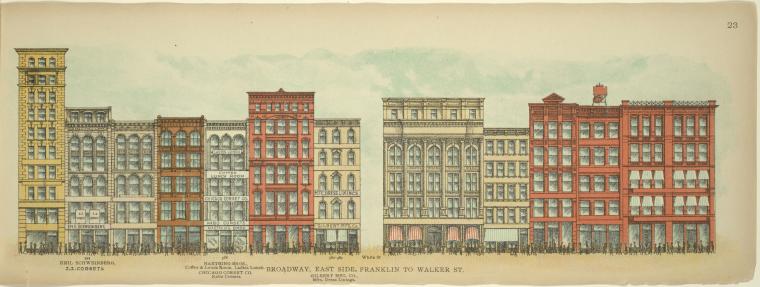
The plays of William Shakespeare were frequently performed on the Broadway stage during the period, most notably by American actor Edwin Booth who was internationally known for his performance as Hamlet. Booth played the role for a famous 100 consecutive performances at the Winter Garden Theatre in 1865 (with the run ending just a few months before Booth’s brother John Wilkes Booth assassinated Abraham Lincoln), and would later revive the role at his own Booth’s Theatre (which was managed for a time by his brother Junius Brutus Booth, Jr.). Other renowned Shakespeareans who appeared in New York in this era were Henry Irving, Tommaso Salvini, Fanny Davenport, and Charles Fechter.
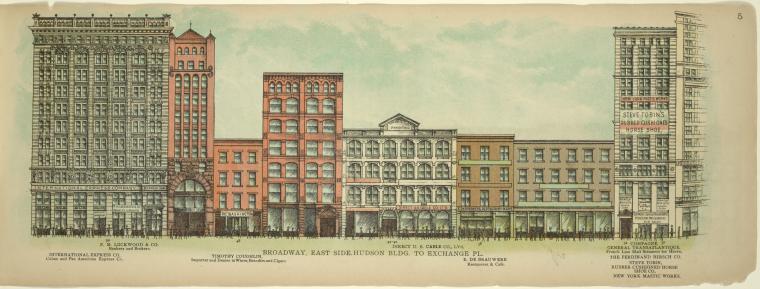
Theatre in New York moved from downtown gradually to midtown beginning around 1850, seeking less expensive real estate. In 1870, the heart of Broadway was in Union Square, and by the end of the century, many theatres were near Madison Square. Theatres did not arrive in the Times Square area until the early 1900s, and the Broadway theatres did not consolidate there until a large number of theatres were built around the square in the 1920s and 1930s. Broadway’s first “long-run” musical was a 50-performance hit called The Elves in 1857. New York runs continued to lag far behind those in London, but Laura Keene’s “musical burletta” The Seven Sisters(1860) shattered previous New York records with a run of 253 performances. It was at a performance by Keene’s troupe of Our American Cousin in Washington, D.C. that Abraham Lincoln was shot.
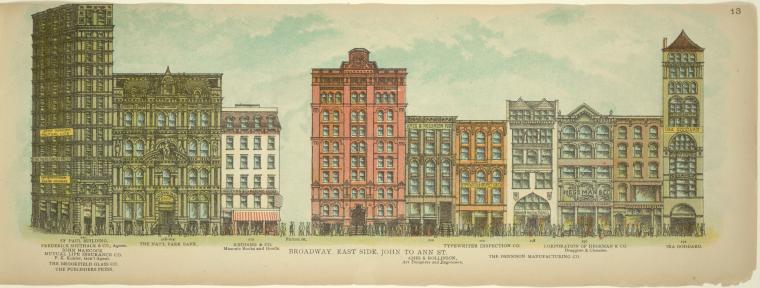
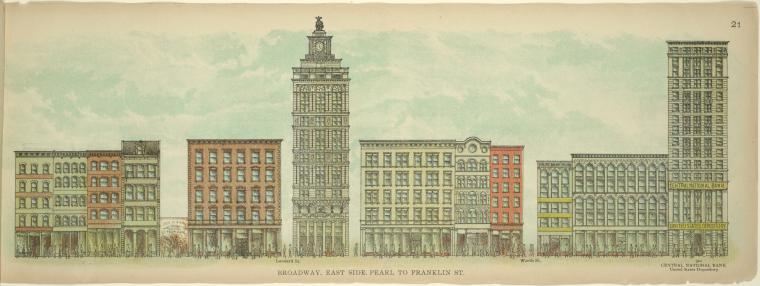
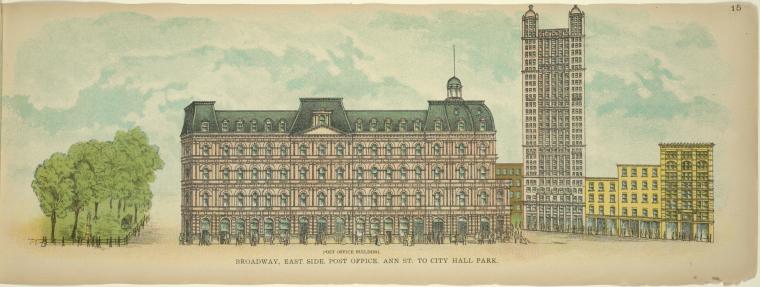
In the early years of the 20th century, translations of popular late-19th century continental operettas were joined by the “Princess Theatre” shows of the 1910s by writers such as P. G. Wodehouse, Guy Bolton and Harry B. Smith. Victor Herbert, whose work included some intimate musical plays with modern settings as well as his string of famous operettas (The Fortune Teller (1898), Babes in Toyland (1903), Mlle. Modiste (1905), The Red Mill (1906), and Naughty Marietta (1910)).
Beginning with The Red Mill, Broadway shows installed electric signs outside the theatres. Since colored bulbs burned out too quickly, white lights were used, and Broadway was nicknamed “The Great White Way”. In August 1919, the Actors’ Equity Association demanded a standard contract for all professional productions. After a strike shut down all the theatres, the producers were forced to agree. By the 1920s, the Shubert Brothers had risen to take over the majority of the theatres from the Erlanger syndicate.
During this time, the play Lightnin’, by Winchell Smith and Frank Bacon, became the first Broadway show to reach 700 performances. From then, it would go on to become the first show to reach 1,000 performances. Lightnin’was the longest-running Broadway show until being overtaken in performance totals by Abie’s Irish Rose in 1925.
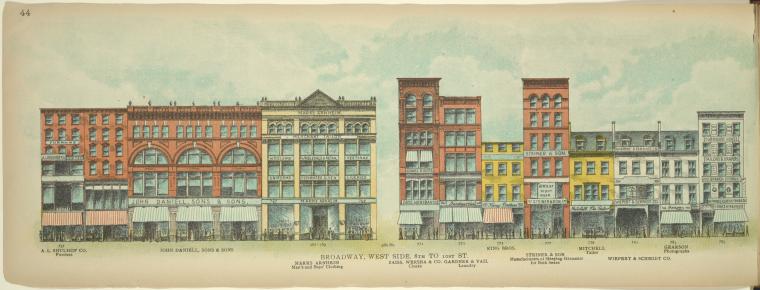
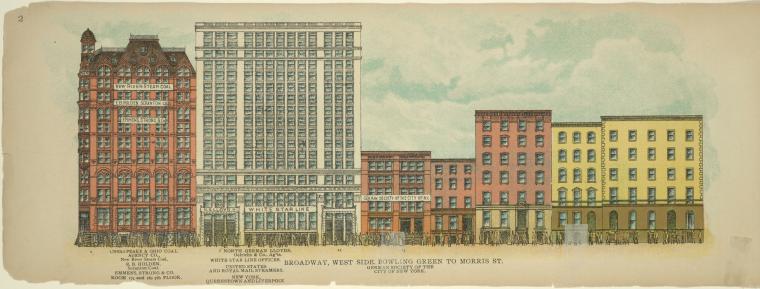
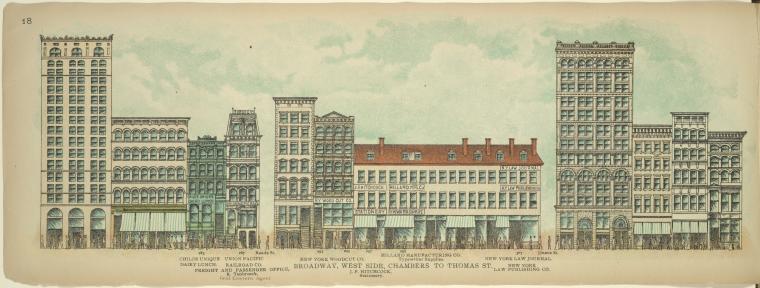
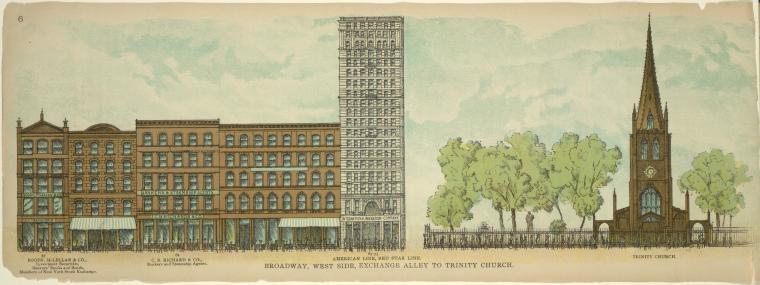
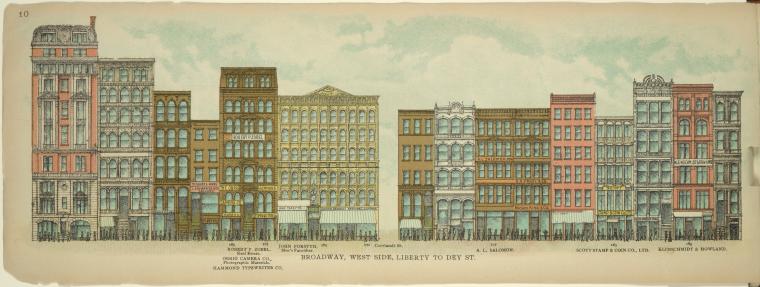
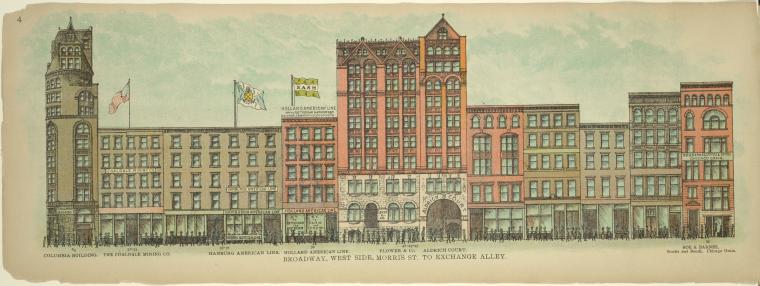
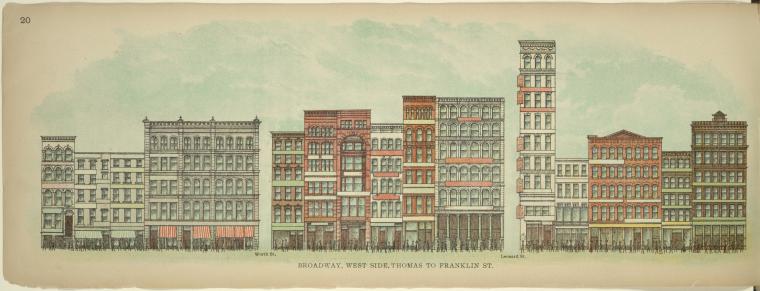
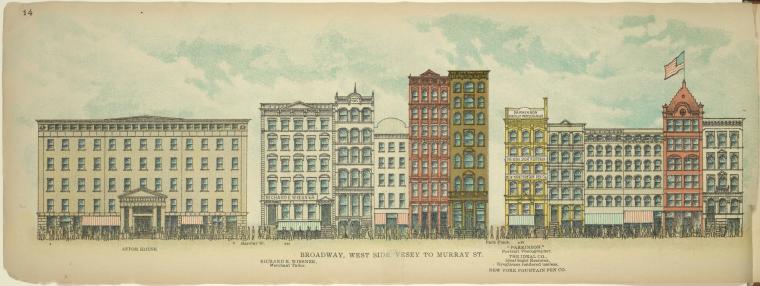
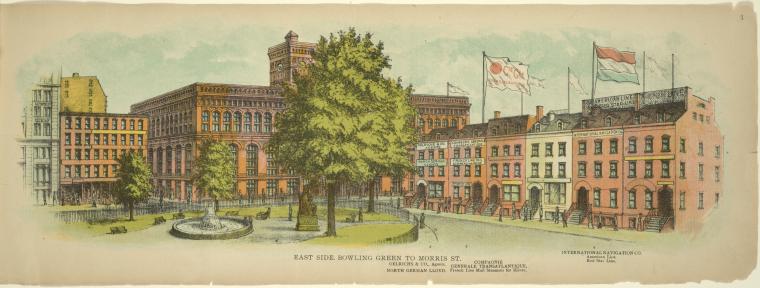
All photos: New York Public Library